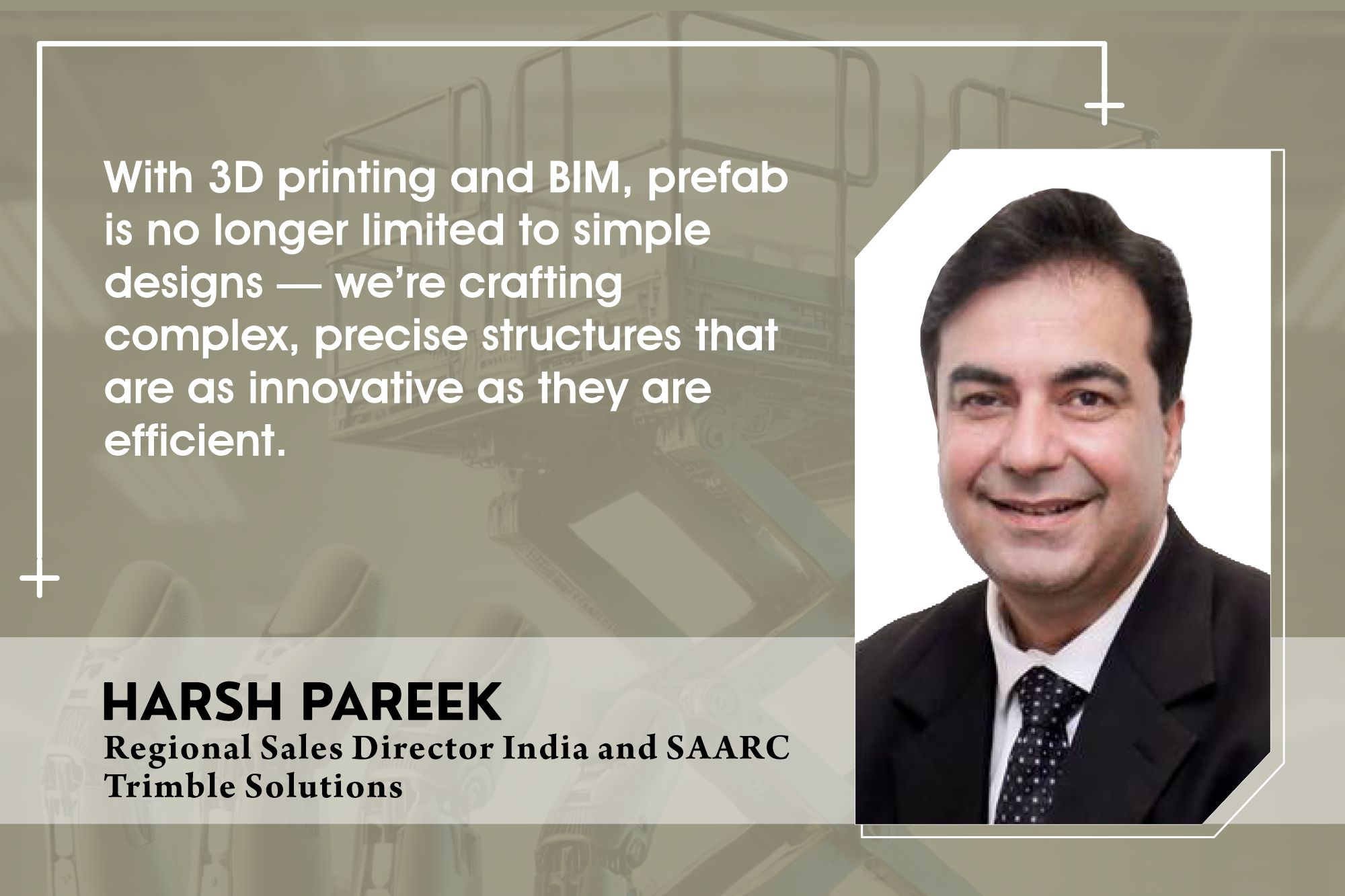The Roof Over Your Head
By Edit Team | September 20, 2016 11:51 am SHARE

Modern architecture is taking new paths and the many shaped parts available allow you to create the perfect appearance of your roof and façade.
The roof of a building can speak volumes when it comes to aesthetics. A perfect roof can make the difference that can convert simplicity to something spectacular. But looks can be just transient. It is important that owing to the important function/role that the roof plays for the whole building, it is very important the tile is strong, robust and flexible enough to suit the design expectation of both the architects and the owner. Koramic Clay roof tiles are the crowning glory to your house.
When you consider how a building keeps cool, the most common thing that comes to mind is air conditioning. But the first real line of defence against the heat is a building’s roof. And a hot day in the life of a good roof should include releasing — not storing and absorbing – the sun’s rays. Cooling is one of the major concerns in building tropical houses. This problem is exacerbated by the heat gain of the roof, which constitutes 70 per cent of the total heat gain.
Most regions of Spain, Mexico, Italy and the American Southwest have tons of heat and sunshine, and an abundance of terracotta or burnt clay roofs tiles. Some ancient sites have clay and terracotta tiles that have survived the test of time and relentless centuries baking in the sun. Basic clay roofing is light in colour and doesn’t retain as much heat as a darker roof. Modern clay tiles have paint treatments to make them look like more expensive slate or traditional terracotta and to add weatherproofing and reflective capabilities. A tropical climate like that of South India, in particular places like Kerala, Goa etc where roof tiles are a part and parcel of the regional architecture, clay roof tiles offer the ideal solution.
Clay and terracotta are similar enough that considerations pertaining to one carry over to the other. Both materials have good thermal mass. When combined with modern “cool” paint colours they are very good at keeping a home cool by reflecting back radiant heat.
Traditional rust or sienna-colour terracotta tiles keep buildings cool through their shape as much as their composition. Terracotta tiles go through a baking process in ovens, or kilns, which makes them harder and less porous in terms of holding lots of heat. Most often they’re moulded into a half-barrel or “S” shape, forming interlocking arches across a roof. Space beneath the arch of each tile allows for air and water circulation and runoff, which prevents heat capture and keeps the home below cooler.
Many clay and terracotta roofs sit on top of concrete and stucco homes, and with good reason. These materials are heavy and need solid foundations for load bearing and wind and earthquake resistance. Another consideration with terracotta roofing is that cold and wet weather often make tiles snap. Newer processes and treatments prevent this from happening, but checking for durability and temperature resistance is a good idea.
Koramic clay roof tiles or terracotta roofing solutions are an offering from Wienerberger, one of the world’s largest producers of clay building materials. The company has a reputation in the field of clay based, environmental friendly, sustainable building products, with over 197 years of experience operating out of 204 production units across the world.
The Koramic range of roof tiles mainly come from Wienerberger’s factories in France, Belgium and Germany.
The KORAMIC range has over 25 different types of roof tile, including BeavertilePlain tile, Flat interlocking tile, Flemish tile, Interlocking pantile, Monk &nun tile, and Romane tile.
In India, the available profiles currently include: Alegra, Romane, Madura, Prima, Opalys, VHP, Actua, and Modula.
With Koramic clay roof tiles everything is possible because these come in a wide range of shapes and sizes: high-quality renovations acquire added value through the use of clay roof tiles with an aged appearance, but totally modern qualities, while traditional buildings demand a more classic Flemish roof tiles, a southern European style of construction is made perfect only with a Romane tile, while the flat roof tile accentuates strong, modern architecture.
Koramic roof tiles are offered in a total of more than 50 different colours. Naturally, the related accessories are also produced in the chosen colour.Modern architecture is taking new paths and the many shaped parts available allow you to create the perfect appearance of your roof and façade. From a technical point of view, the appropriate accessories ensure the creation of a perfect roof.
For each type of Koramic tile there is a complete range of shaped ceramic tiles, such as ridge tiles, verge tiles and many more, to guarantee the perfect appearance of the roof.
For more information visit:
www.wienerberger.in
Authored by__
Monnanda Appaiah,
Managing Director,
Wienerberger India
Cookie Consent
We use cookies to personalize your experience. By continuing to visit this website you agree to our Terms & Conditions, Privacy Policy and Cookie Policy.





















































